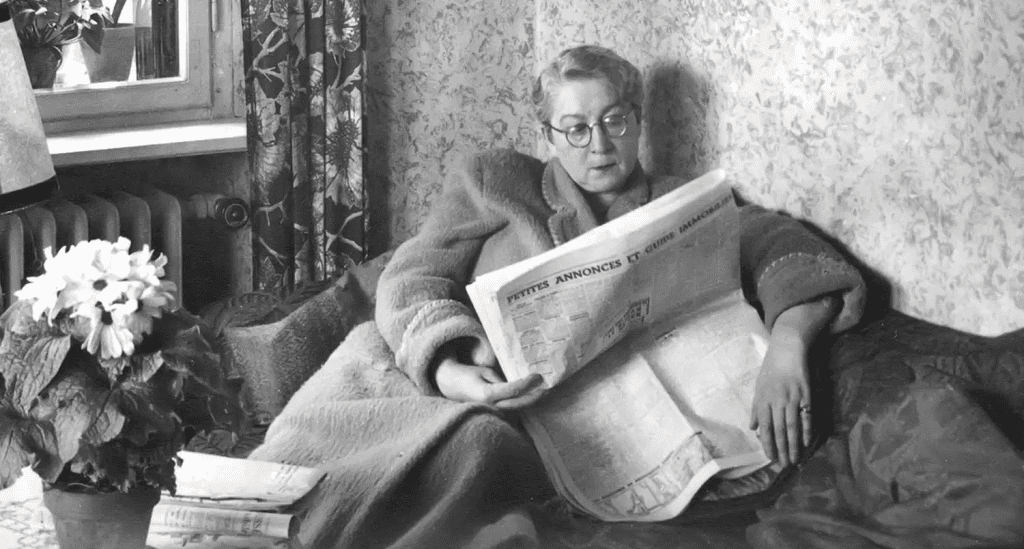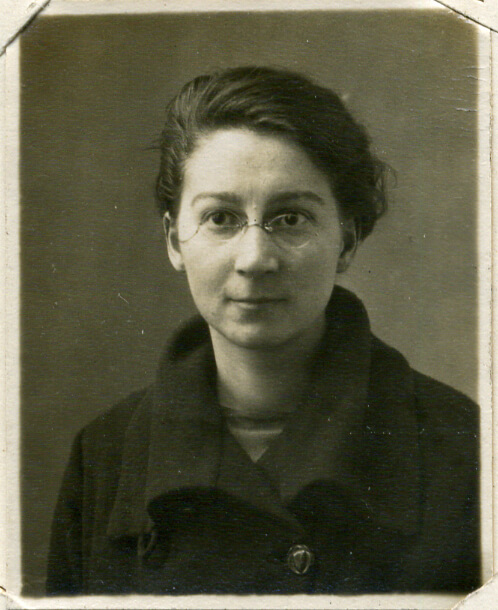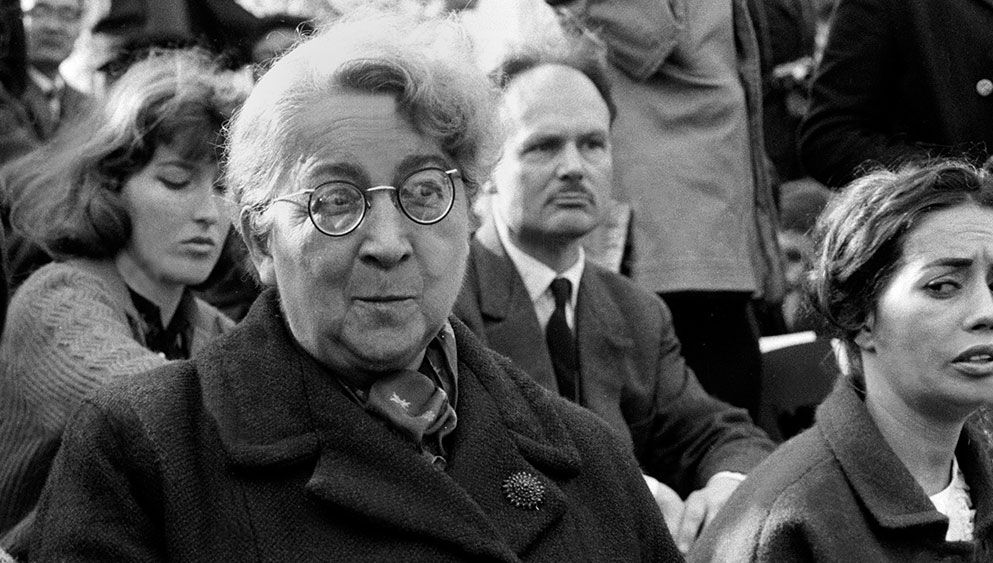During the chaos of World War II, amid bombs, betrayals, and mass destruction, one quiet woman stood as a silent sentinel inside a Paris museum. Her name was Rose Valland, and while her job may have seemed routine on the surface, what she did behind the scenes changed the course of history. Armed with nothing but determination, a sharp mind, and fluency in German that she kept hidden, Valland risked everything to save Europe’s cultural heritage from being lost forever.

A Quiet Curator with a Dangerous Mission
Rose Valland wasn’t a soldier. She didn’t carry a gun or wear a uniform. She was an art historian and a curator at the Jeu de Paume Museum in Paris. When the Nazis invaded France, they took over the museum and turned it into a central hub for storing and sorting looted art stolen from Jewish families, collectors, and galleries.

Instead of fleeing or resigning, Valland chose to stay. Officially, her job was to oversee the collection. Unofficially, she was watching, listening, and writing everything down.
The Nazis had no idea she understood German. That secret allowed her to overhear names, destinations, and train numbers. Every time they discussed where stolen art was being shipped be it Göring’s private estate or a secret location in Germany Valland was taking notes, often in secret notebooks she hid away at home.
Video:
This French Woman Risked Her Life to Document Nazi Theft
Risking Her Life to Preserve Culture
It’s hard to grasp the risk Valland faced. If the Nazis discovered what she was doing, she would have been arrested or worse. She had to remain invisible, emotionless, and silent while watching priceless paintings by artists like Picasso, Monet, and Matisse disappear from the museum in crates.
Still, she stayed. She kept recording.
Over four years, Valland tracked more than 20,000 pieces of stolen artwork. She memorized shipment routes and even followed some of the art convoys from a distance. It was slow, grueling work, but she believed it mattered. For her, saving culture was saving identity.

Post-War Heroism: Reclaiming What Was Lost
When Paris was liberated in 1944, Valland finally revealed what she had been doing all along. Her extensive records were handed over to the Monuments Men, a special Allied unit tasked with locating and recovering stolen art.
Video:
The Greatest Heroine of World War II
Thanks to her notes, Allied forces were able to intercept shipments and recover hidden treasures stored deep in salt mines and castles across Europe. One of the most notorious beneficiaries of the looting was Hermann Göring, one of Hitler’s top commanders. Valland’s records played a direct role in linking Göring to thousands of stolen artworks evidence that helped convict him at the Nuremberg Trials.
Legacy: One Woman, 45,000 Works of Art Returned
Rose Valland’s work led to the recovery of over 45,000 pieces of art. These were paintings, sculptures, religious items, and rare antiquities cultural pieces that could have vanished into the private collections of the powerful or been destroyed forever.
She never sought fame or fortune. For many years, her role went largely unrecognized. But in time, France and the world began to understand the scale of her courage and impact.
She received the Legion of Honor, the Médaille de la Résistance, and became one of the most decorated women in French history. But more importantly, she became a symbol of how one person even someone without a title or army can stand against evil and make a difference.

Conclusion: The Art of Resistance
Rose Valland showed us that resistance isn’t always loud. Sometimes, it’s quiet, careful, and methodical. She proved that art is not just decoration it’s memory, history, and identity. And in the darkest of times, preserving culture becomes a powerful act of defiance.
Her story is a reminder that even in the face of tyranny, integrity, intelligence, and courage can shine through. Because of her, future generations can still admire the brushstrokes of a stolen masterpiece no longer hidden, but home again.


